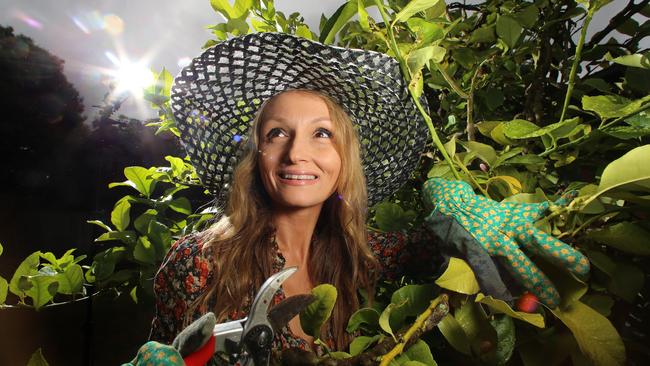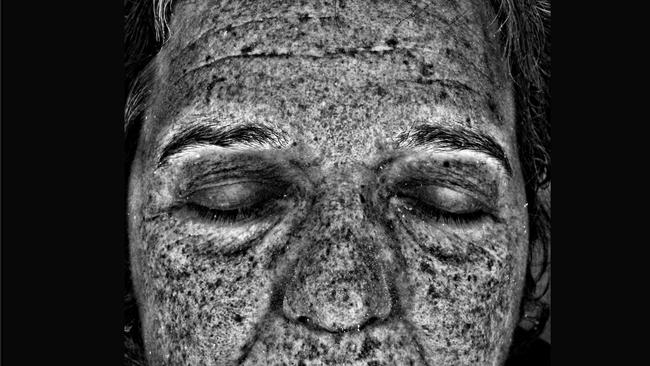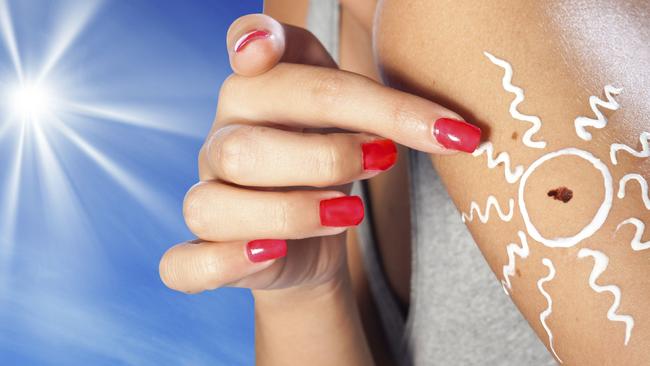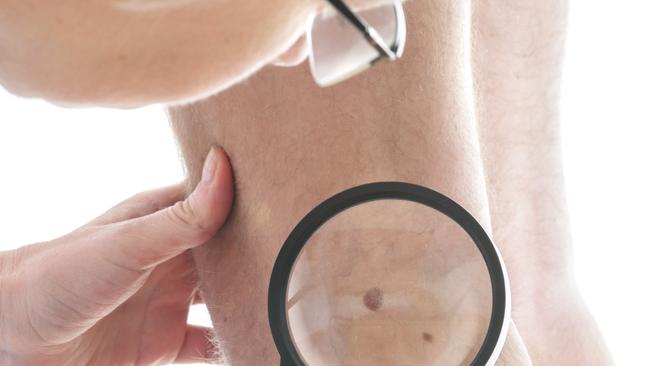Stop blaming the beach for skin cancer, the real melanoma risk is at home, Cancer Council warns
IF you think the biggest skin cancer risk is on our coastlines, you’re wrong. The most dangerous spots are much closer to home, the Cancer Council warns.
THE beach is no longer Australia’s biggest skin cancer danger, we’re more likely to get sunburnt in our own backyards gardening and doing household chores.
Half of all sunburn now occurs during gardening and chores, recreational reading and BBQs or picnics in the park, new Cancer Council research reveals.
This dwarfs the 29 per cent of adults sunburnt during activities at the beach, lake or pool, as well as the 21 per cent sunburnt playing sport or in other outdoor recreation.
Cancer Council research has found while we’ve learnt not to sunbake on the sand we’re ignorant of how incidental sun exposure can raise our risk of skin cancer.

While just 13 per cent of adults had attempted a suntan over summer, 61 per cent of adults reported having tanned skin in a new survey underlining the risk of incidental sun damage, the council says.
The Cancer Council will this week launch a new ‘UV. It all adds up’ campaign to highlight the importance of protecting your skin during everyday activities.
RELATED: Moles on arms can be a sign of high skin cancer risk
The campaign shows how UV damage keeps adding up every time a person spends time unprotected in the sun.
“It can happen when you are putting the clothes on the line or fixing the car when sun protection is not front of mind,’ says the Chair of Cancer Council Australia’s Public Health Committee, Craig Sinclair.
In Sydney, Melbourne and Adelaide, you can become sunburnt after just 11 minutes in the midday sun during summer, while in Brisbane it takes just 8 minutes, he says.
In Hobart, sunburn occurs after 15 minutes in the midday summer sun.
The reason for the skin damage is Australians are still ignoring the sunsmart messages on these occasions, says the Skin Cancer Foundation.

After decades of public education campaigns, more than one in three Australians still don’t protect themselves from the sun by wearing a hat or using sunscreen, research by the foundation has found.
One in three people don’t take into account a high UV index, and over 40 per cent don’t take into account when it is sunny, or the time of day.
EARLIER: A vitamin in beer and Vegemite can prevent skin cancer
“Many people still grapple with understanding that the risk of skin cancer from sunburn is not limited to hot, sunny days,” says Associate Professor Rosemary Nixon, from the Skin & Cancer Foundation Inc.
Australia is the skin cancer capital of the world with dermatologists, surgeons and GPs treating more than 2000 skin cancers every day.

Two in three Australians will be diagnosed with skin cancer by the time they are 70.
And in 2012, 2036 people died from skin cancer in Australia.
The Chair of Cancer Council Australia’s Public Health Committee, Craig Sinclair says people lack awareness of appropriate sun smart tactics.
The Cancer Council recommends a combination of sun protection measures:
1. Slip on some sun-protective clothing that covers as much skin as possible.
2. Slop on broad spectrum, water resistant SPF30+ (or higher) sunscreen. Put it on 20 minutes before you go outdoors and every two hours afterwards. Sunscreen should never be used to extend the time you spend in the sun.
3. Slap on a hat — broad brim or legionnaire style to protect your face, head, neck and ears.
4. Seek shade.
5. Slide on some sunglasses — make sure they meet Australian standards.
The new Cancer Council advertisement follows a man taking his dog for a walk, working outdoors and hosting a backyard barbecue. By failing to protect his skin, the man allows UV damage to ‘add up’ — with dire consequences.

‘Incidental’ UV exposure is catching people out. It may not occur to people that sun protection is just as important whether you are in the backyard, lying in the park or hanging out at the beach,” Mr Sinclair said.
“After decades of sun protection messaging targeted to the bronzed Aussie, there is high awareness of the health risks associated with tanning.
“However, with more people getting sunburnt during day-to-day activities (like mowing the lawn or socialising with friends) than by the water, it’s clear that tackling this trend of incidental UV damage is our next challenge.
“Your skin is like a memory bank, it remembers all the time outdoors unprotected — all the sunburns, tans and solarium visits. This is particularly important throughout summer when UV rays hit extreme levels. The damage all adds up and increases your long-term risk of skin cancer.”




